Fallen giants joust as they seek to reach the top tier
- Published
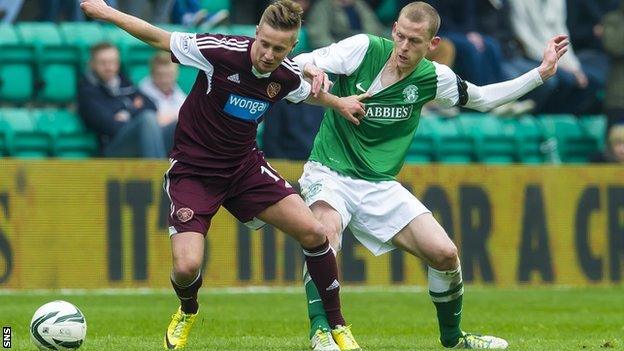
The Edinburgh derby between Hearts and Hibernian will be one of the big draws in the Scottish Championship
Nostalgia has found its home just beneath the top-tier of Scottish football.
The presence of three leading clubs - Rangers, Hearts and Hibernian - in the Championship is a lesson in the follies of abandoning financial and sporting sense, but it also rekindles old rivalries and old dramas.
The opening round of fixtures brought the past immediately to the fore.
Hearts visit Ibrox for a game that will be framed by memories of Sandy Jardine - the immaculate defender who played for both clubs and whose death in April is being marked by Rangers renaming the Govan Stand in his honour.
Emotion apart, the game will also be typical of the way that routine has been temporarily disrupted. Often during the next 10 months, the largest crowd of the day, the most intriguing game of the day, and the greatest media coverage of the day will come from the Championship fixtures.
When Hearts and Hibs - who were both relegated from the Premiership last season - meet, and when either of the Edinburgh sides faces Rangers, attention will be focused on the second tier.
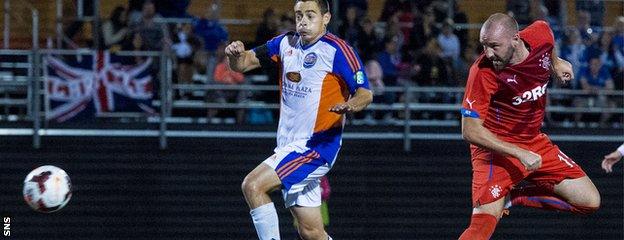
Kris Boyd has returned to Rangers after scoring 22 goals for Kilmarnock last season
Partisanship means fans of other clubs will rankle at the coverage, but there is room enough for a clutch of stories to beguile us.
The battle to reach the top-flight does not solely involve Rangers, Hearts and Hibs, but they start with the advantage in resources, and also expectation.
Other clubs would normally be inclined to consider them daunting opponents, yet the likes of Falkirk and Queen of the South are more than capable of sustaining periods of form.
All the same, the anticipation is that Rangers will lead the promotion charge.
Old relationships have been resurrected, with Kris Boyd and Kenny Miller returning to the club.
Some fans at Ibrox might grumble that signing older, experienced players stymies youth development, but the manager Ally McCoist made a trenchant point when asked what message it sends to the younger members of his squad.
He answered that it sets the standard, that it outlines exactly the level these young players need to attain if they want to succeed at the club. Boyd scored 22 goals for Kilmarnock last season, and there is no sense of the 30-year-old's game being in decline.

Morgaro Gomis is one of a clutch of new faces to have checked in at Hearts this summer
He will be the key figure for McCoist this season, but Miller's instincts will still be effective enough to trouble Championship defences, and the former Scotland striker's commitment to training and his levels of fitness will set standards off the pitch.
Even so, Rangers have not progressed with style as they have made their way through the divisions and the support yearns for a dominant, swashbuckling authority. That is likely to be beyond the means of their squad, which is still imbalanced - Darren McGregor and Marius Zaliukas are upgrades in central defence, but they also have flaws to be managed.
Hearts are embarking upon a new era. On the field, it is under the direction of Craig Levein, although the immediate responsibility for the team's fortunes will lie with the head coach, Robbie Neilson.
The recruitment strategy has involved tried and tested players, at least in a Scottish context, in Morgaro Gomis,Prince Buaben and Neil Alexander, with the defence being strengthened by the signing of Alim Ozturk, while Soufian El Hassnaoui and Osman Sow will provide more options in attack.
Nonetheless, Hearts' ambitions to recover immediately from their spell in administration will rely just as heavily on the continuing development of talented youngsters such as Sam Nicholson, Billy King, Dale Carrick, Kevin McHattie, Jamie Walker and Callum Paterson.
Levein knows what it takes to build a strong, dynamic and effective side, and the director of football will be the prevailing influence.
There is less clarity at Easter Road, since Hibs' rebuilding has been pieced together with less forward planning.

New Hibernian manager Alan Stubbs has snapped up midfielder Scott Allan (left)
Leeann Dempster is a proven and much admired figure and if given free reign to run the club as chief executive then Hibs at least have an opportunity to improve. George Craig is the new head of football operations, Alan Stubbs the new manager, and among the new players are the striker Farid El Alagui, the full-back David Gray and Mark Oxley, a goalkeeper on loan from Hull City.
The fate of Hibs is more unpredictable to judge, following the brief but unfortunate reign of Terry Butcher, but Stubbs brings a reputation for being a forward-thinking and effective coach, and the potential at Easter Road is substantial, if a way can be found to renew the bound between the fans and those who run the club.
Falkirk will not accept being also-rans, not least because in Peter Houston they have recruited a Scottish Cup-winning manager who has worked for Scotland and Celtic in recent times. He will look to build upon the young talent that the club regularly produces, and he has signed wisely in bringing players like Jamie MacDonald, Tom Taiwo and Alex Cooper to the club.
There has been less upheaval at Palmerston, but then the management team of Jim McIntyre, Billy Dodds and James Fowler will ensure that last season's fourth-place finish will provide a platform for further improvement.
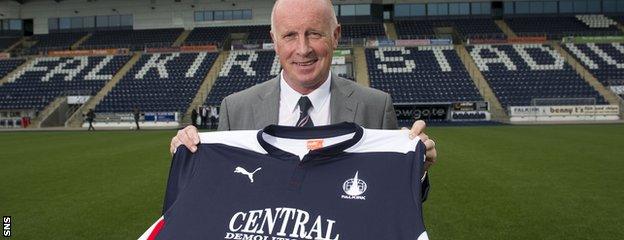
Peter Houston will be hoping his Falkirk side can challenge at the top of the table
The Championship was the most competitive of Scotland's leagues last term, reflecting the fact that no side was dominant rather than a wide spread of ability.
Accomplishment was not always evident, but this campaign might bring greater talent into the division, and more disparity. It is possible to envisage four or five clubs becoming detached at the top, although Raith Rovers - who defeated Rangers in the Ramsdens Cup last season - Livingston and Dumbarton will consider themselves capable of challenging the leading sides.
Alloa Athletic and Cowdenbeath just escaped the drop last season, but are most likely to figure at that end of the table again. There are unique circumstances in the Championship, but also intriguing. The competition will be invigorating to watch, not least because three major clubs are trying to return to the past.
- Published24 June 2014
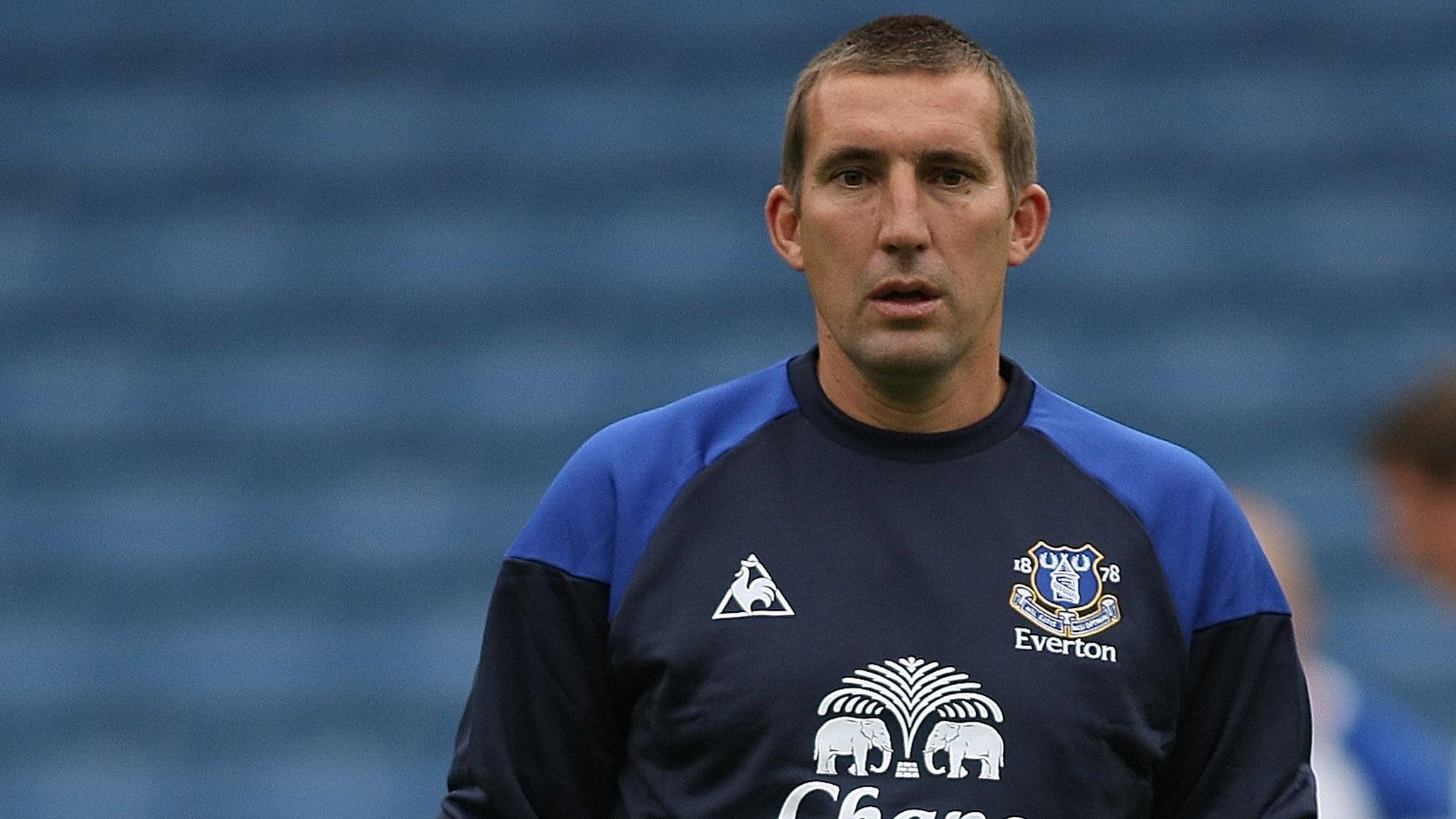
- Published12 June 2014
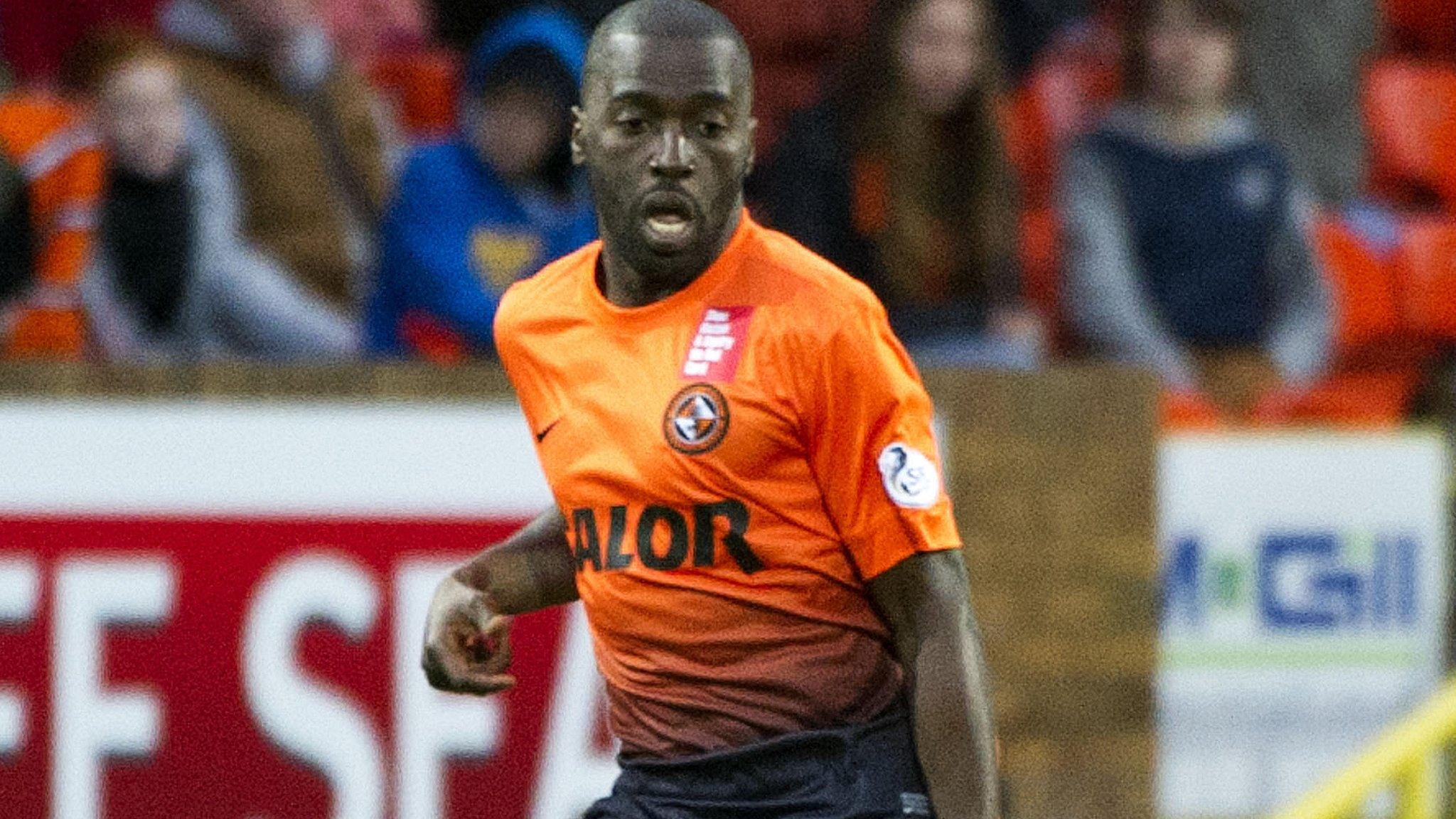
- Published27 June 2014
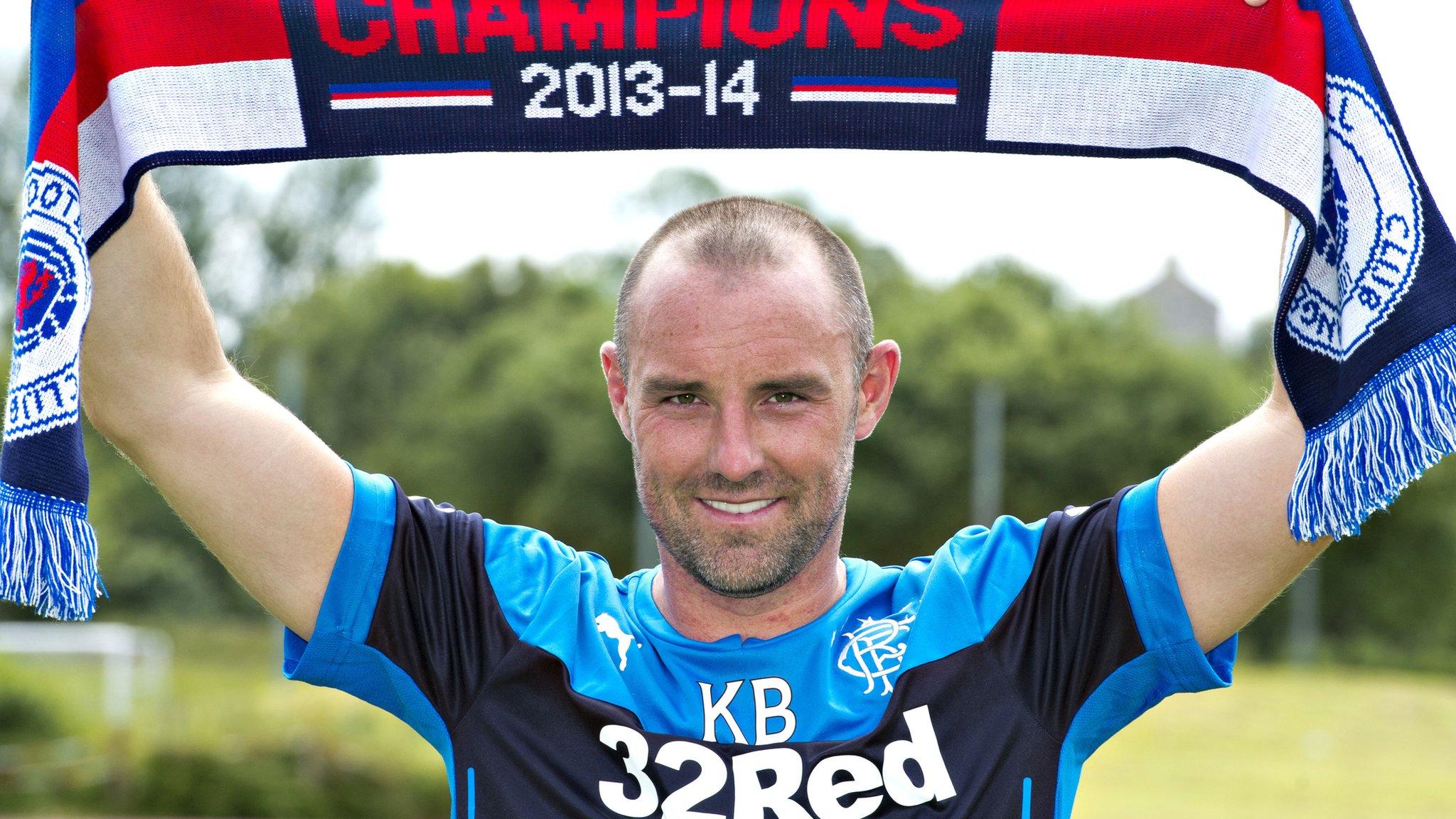
- Published7 June 2019
